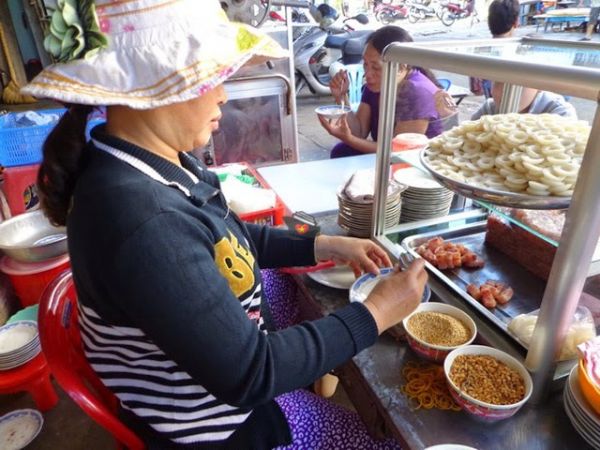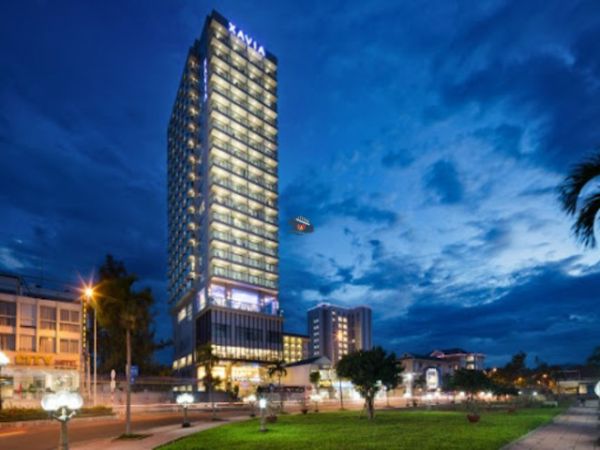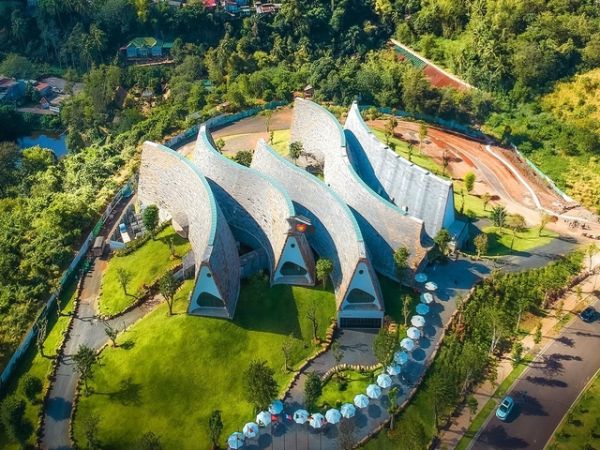10 BEST PLACES IN VIETNAM
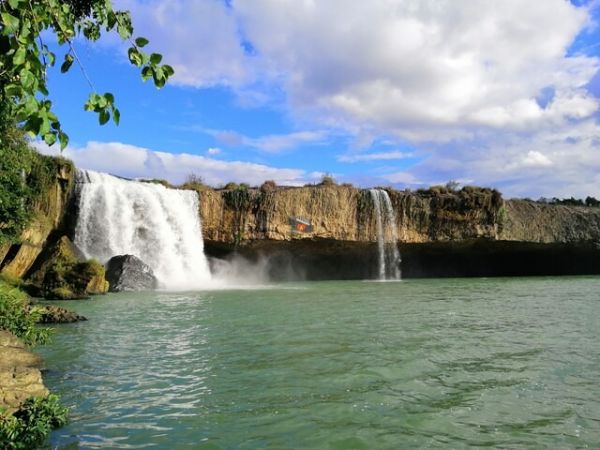
10 Best Places In Vietnam:
Natural wonders and cultural variety combine to make Vietnam a fascinating destination. Culture vultures will enjoy the country's ancient history and an astounding number of ethnic minorities, which include craggy peaks seen from twisting mountain passes and luscious paddy fields painted in every shade of green.
National parks offer hiking and biking opportunities, while Halong Bay offers a stunning karst landscape that even the most slothful may view up close on an overnight cruise.
While Vietnam's rural parts are filled with breathtaking views, the country's large cities are bustling with activity and offer plenty of opportunities to sample the country's delectable cuisine.
One of Southeast Asia's most underrated places, this fascinating country is full of surprises and full of surprises. Using our list of the top Vietnam attractions,
you can create a customized itinerary.
Top Best Places To Visit In Vietnam:
1/ Nha Trang Vietnam:
Nha Trang is the place to go in Vietnam if you want to have some sand fun. In the summer, local families on vacation and foreign tourists alike flock to Nha Trang's six kilometers long, well-maintained beach.
With designated swimming areas and manicured lounge areas, this is a perfect place to unwind and soak up the sun and sand for a few days.
Po Nagar Cham Towers, a center of worship since at least the 7th century, located just to the north of the Xom Bong Bridge (with some historians saying the site itself has been a place of active worship since much earlier).
In addition, Nha Trang is home to the Pasteur Institute, which was established by Alexandre Yersin, who discovered the cause of bubonic plague (which still carries out vaccination programs in Vietnam today).
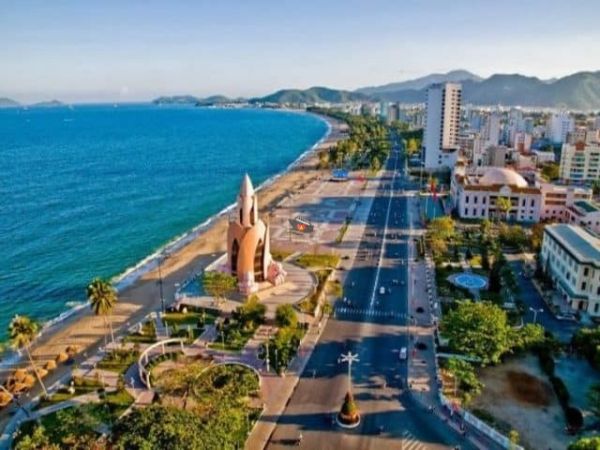
>> Recommended tour:
- Nha Trang BBQ Tour - Amazing Culinary Journey Exploring Ocean Delights
- Land Tour Nha Trang - Discover Vietnam's Coastal Paradise & Cultural Heritage
2/ Ha Long Bay Vietnam:
Halong Bay's karst seascape is a UNESCO World Heritage Site. This region in the Gulf of Tonkin is home to thousands of limestone islands that have been worn into jagged pinnacles by wind and sea over millennia.
This is a great cruising country, as the bay's splendor is best viewed by boat. A day excursion to Halong Bay will not do it justice.
Several caves can be explored in the bay, including Hang Sung Sot with its three gigantic caverns and Hang Dao Go with its bizarre stalagmites and stalactites (shown). As you cruise through these karst formations, you'll see pinnacles appearing and disappearing as you pass.

>> View tour details: Halong Bay Shore Excursions - Journey to Explore the World's Natural Wonder
3/ Ho Chi Minh City Vietnam:
Visitors visiting Vietnam who enjoy the hustle and bustle of the large metropolis will not be disappointed with a stop in Ho Chi Minh City, the country's commercial center. Motorcycles and cars clog the streets, restaurants and coffee shops are world-class, and shopping is among the country's best.
Dong Khoi, a relatively small and easily navigable central neighborhood, is where most of the city's sights may be found near its center. Also in this area are two major landmarks: the impressive Notre Dame Cathedral and the HCMC Museum, which houses a fascinating collection illustrating the city's history.
It's worth visiting Da Kao's old area to see some of the city's best-preserved French colonial buildings and to see the Jade Emperor Pagoda, which features Buddhist and Taoist religious symbolism. The History Museum is a must-see for history buffs afterward, with treasures from several archaeological locations on show.
Near Nguyen Thi Minh Khai Street, two major tourist attractions are not to be missed by many travelers. In the past, South Vietnam's president resided in the Reunification Palace, formerly known as the Independence Palace. As the site where North Vietnam's tanks stopped on April 30, 1975, the war officially came to an end. You can still see the 1960s furnishings in place.

4/ Hue Vietnam:
Known as the "City of Emperors," Hue, Vietnam's most ancient city, is filled with treasures from the 19th-century rule of the Nguyen emperors. The Imperial Enclosure is a 2.5 kilometers long walled complex located on the banks of the Perfume River.
Check out the Ngo Mon Gate, the Thai Hoa Palace, the Dien Tho Residence, and the Halls of Mandarins with their surviving ceiling murals. In addition to the Imperial Enclosure's walls, there are many more historic sites.
On the Perfume River, riverboat cruises are one of the most pleasant methods to see a range of outlying attractions. Several royal tombs and pagodas can be visited on a day cruise. If you're short on time, Tu Doc's Tomb is the finest choice, and Thien Mu Pagoda, with its 21-meter-high tower, is the area's most important pagoda.
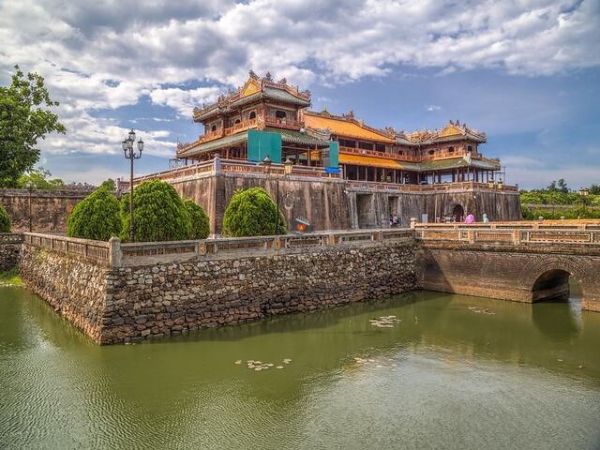
>> Book your tour now: Chan May Shore Excursions - Gateway to Central Vietnam's UNESCO Heritage Sites
5/ Quang Binh Vietnam:
There are many caves in the Phong Nha-Ke Bang National Park, one of the best sites to go caving in Vietnam. Within the park, the Paradise Cave, which extends 31 kilometers underground, is the most popular site for visitors.
Incredibly large, cavernous caverns can be found in this area. An excursion to Tu Lan Cave includes swimming in the river that runs through the cave system. The Phong Nha Caves, whose interior is accessible by boat, are the second most popular tour. Son Trach is the closest city to Phong Nha-Ke Bang National Park.
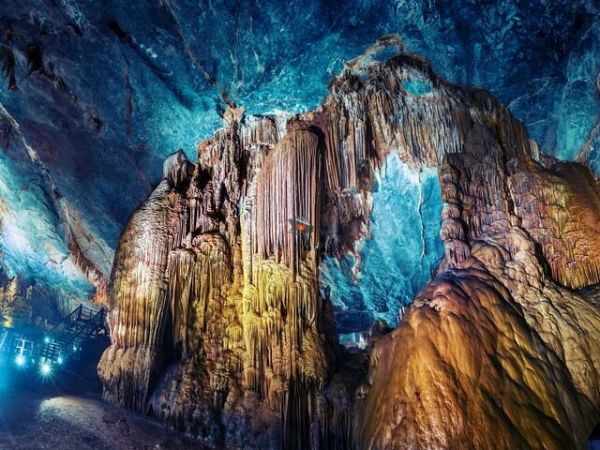
6/ My Son Vietnam:
A ruined Cham temple city from the 4th century, My Son is surrounded by mountains covered in luxuriant vegetation. During the 7th to 10th centuries, this ancient Hindu holy site was still in operation, and it was only in the 13th century that it was abandoned.
Here, there are roughly 20 temple complexes still standing, all constructed of brick or sandstone blocks and influenced by many Asian civilizations, notably Indian and Malay ones. Notably, Group B has the oldest temples, while Group A originally included the site's most prominent monument, which was destroyed by American soldiers during the Vietnam War.
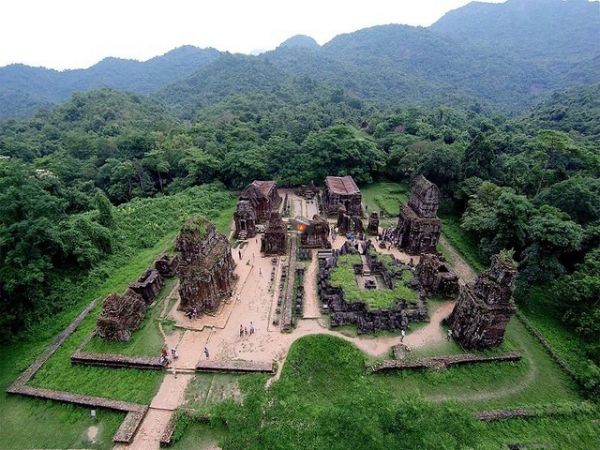
7/ Hoi An Vietnam:
Old architecture has been preserved at Hoi An, one of Vietnam's most atmospheric cities. At its peak in the 15th century, Japanese and Chinese traders flocked to Hoi An in droves to purchase native silk. The merchant mansions from that time period are largely preserved in the old town area.
Many old merchant mansions have been made public as a result of this. Undoubtedly the most magnificent is Tan Ky House, a 17th-century house with unique architectural and ornamental features.
Japanese Bridge in Hoi An's most famous landmark, located at the western end of Tran Phu Street. Assembly Hall of the Fujian Chinese Congregation is the most ornate temple in the old town. Hoi An is home to some pagodas and museums, but its true attraction lies in simply strolling through the old town and admiring the well-preserved buildings.
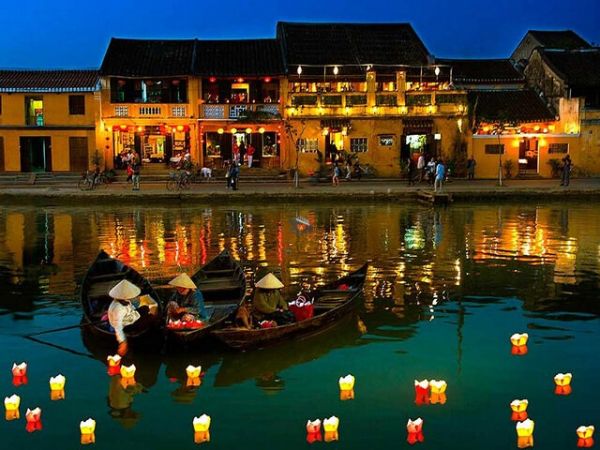
>> Your next adventure starts here: Hoi An Shore Excursions - Journey to Discover UNESCO World Heritage from Chan May Port
8/ Sapa Vietnam:
It is the emerald rice fields surrounding Sapa, flanked by the craggy Hoang Lien Mountains (commonly referred to as the Tonkinese Alps in French colonial times), that provide Vietnam's most picturesque rural landscapes.
Hue is home to a variety of ethnic minorities including the Hmong and Giay. The rolling hills are cultivated with rice fields and overshadowed by Fansipan Mountain, Vietnam's largest mountain.
Trekking or day hiking through tiny towns and taking in the breathtaking mountain vistas are popular activities in this area of Vietnam. Sapa, a former French hill station that is now a bustling tourist hub, stands in dramatic contrast to the lush, calm countryside that surrounds it.
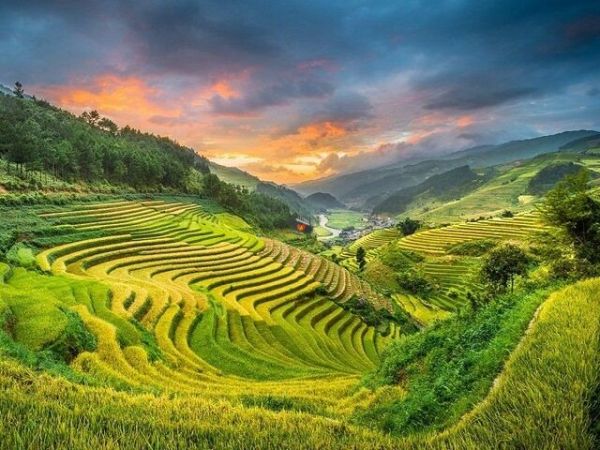
9/ Ha Noi Vietnam:
Viet Nam's capital, Hanoi, is both a confusing and charming destination. If you want to experience Vietnamese city life, Hanoi is the place to go. The motorbike frenzy, pollution, and incessant clamor of street merchants may be too much for some people.
The old town center is full of decaying beauty, while history buffs should make a beeline for the city's many museums.
In addition to the Vietnam Museum of Ethnology and Vietnam Fine Art Museum, the Ho Chi Minh Mausoleum is an important homage to the country's founder.
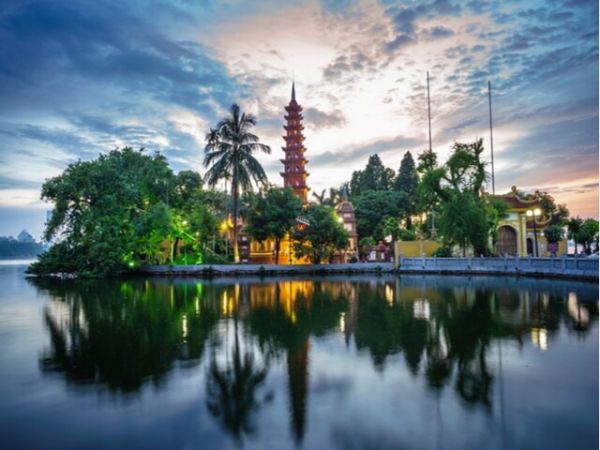
>> View tour details: Hanoi Shore Excursions - Journey to Discover the Thousand-Year Capital from Ha Long Port
10/ Mui Ne Vietnam:
An idyllic beach resort, Mui Né was once a peaceful fishing village. Today, it is known for windsurfing, sailing, and kitesurfing. Due to its relative obscurity, Mui Né's beaches are unspoiled and calm for most of the year.
Visitors to Mui Né can practice sand-sledding or rent dune buggies for an adrenaline-filled experience in the Red Sand Dunes, which are located just outside the town.
This mild, slow-moving creek is tucked away amid fishing communities and towering orange limestone structures. Follow it to the finish for a waterfall.
As a bonus, the Po Shanu Cham Towers, which were formerly part of the vast Cham Empire, may be found just off the coast.
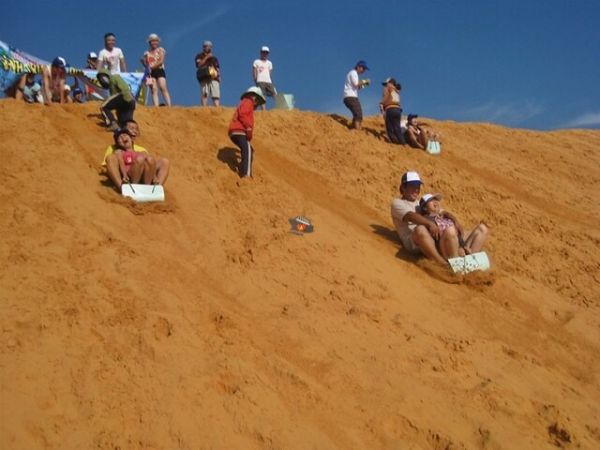
Things Should Know In Nha Trang Vietnam




